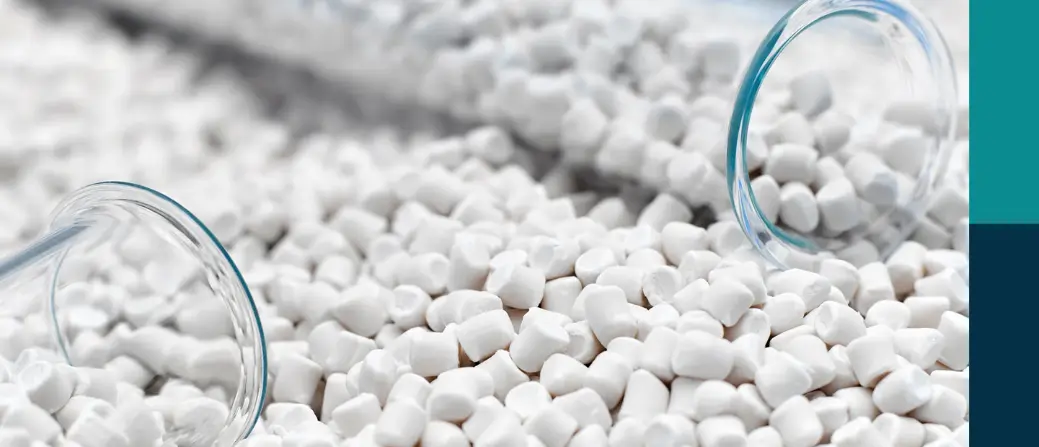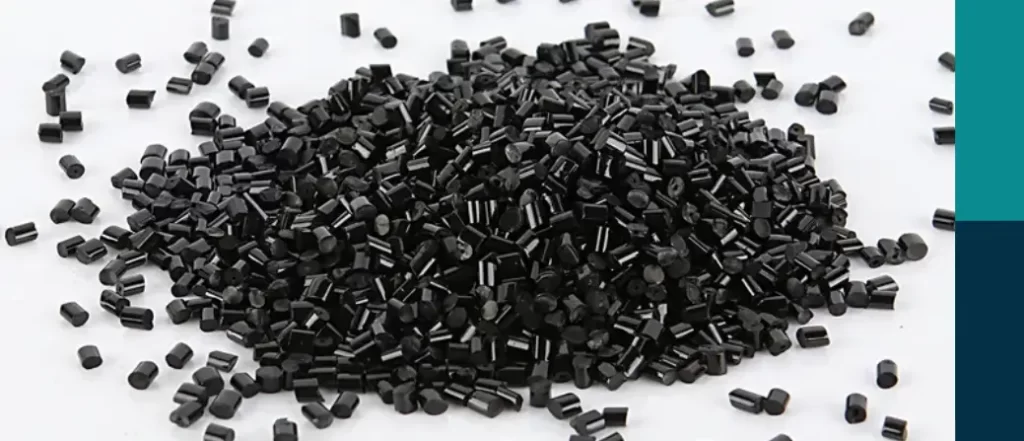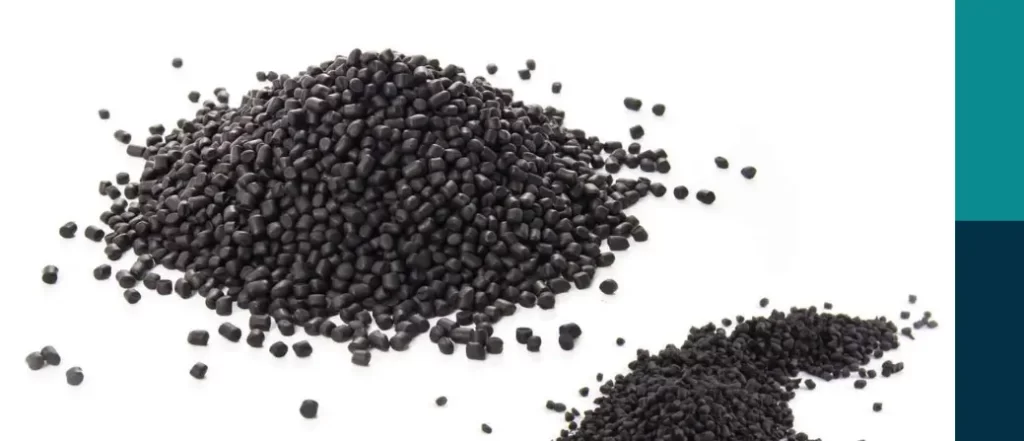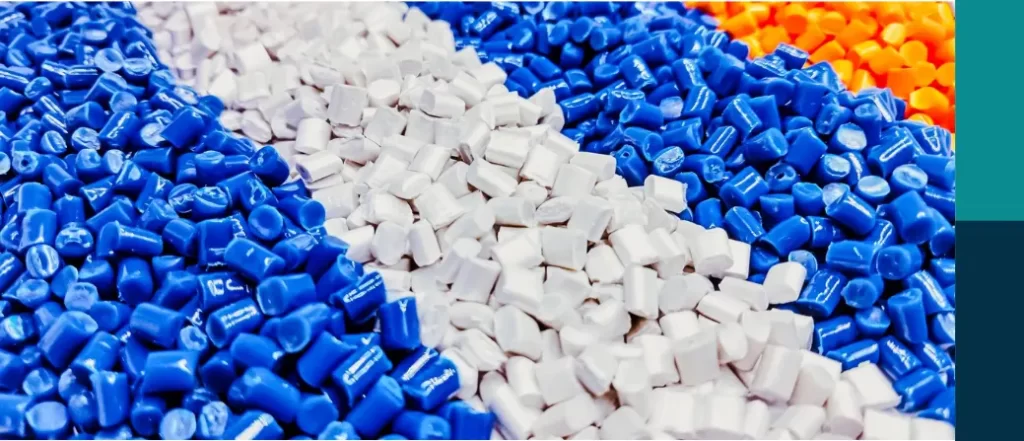Filler masterbatch
Filler masterbatch is a specialized type of additive used in the plastics industry, particularly in polyethylene (PE), polypropylene (PP), and other types of thermoplastics.
It combines a high loading of inorganic fillers, such as calcium carbonate (CaCO₃), talc, or other mineral compounds, with a polymer carrier resin.
Filler masterbatch offers several advantages for manufacturers by enhancing the mechanical properties, reducing the production cost, and sometimes even improving the processability of final products.
Below is a comprehensive guide to filler masterbatch, its types, manufacturing process, benefits, applications, and recent trends in the industry.
What is Filler Masterbatch?
Filler masterbatch is a concentrated mixture of fillers and plastic resin, designed to be added to base resins to modify their properties. Typically, it consists of 70-90% filler materials with the remaining percentage made up of resin and processing aids.
These fillers, such as calcium carbonate, talc, kaolin, or barium sulfate, have high densities and specific thermal properties, which impart unique characteristics to plastic products when added in appropriate quantities.
The primary function of filler masterbatch is to reduce the cost of the polymer while maintaining or enhancing physical properties such as stiffness, opacity, and dimensional stability.
They are commonly used in industries where cost-effective production is crucial, such as packaging, automotive, construction, and agriculture.
Types of Filler Masterbatch
Filler masterbatch comes in various types depending on the fillers used and the intended application. Some common types include:
Calcium Carbonate (CaCO₃) Masterbatch:
The most widely used filler masterbatch, calcium carbonate-based masterbatch is known for improving rigidity, reducing production costs, and providing opacity to the final product.
It is widely used in packaging films, injection-molded products, and extrusion applications.
Talc Masterbatch
Talc is a softer mineral with a lamellar structure, which imparts improved stiffness and dimensional stability to plastics.
Talc masterbatch is particularly popular in the automotive and household appliances sectors due to its ability to enhance thermal resistance and reduce shrinkage.
Kaolin and Barium Sulfate Masterbatch
These are used for specific applications where improved strength, better surface finish, or higher opacity is required. Kaolin is preferred in film applications for its ability to provide smooth surfaces and enhance durability, while barium sulfate is often used in the production of high-density films and medical packaging.
Glass Fiber Masterbatch
For applications requiring exceptional strength, such as automotive parts and construction materials, glass fiber masterbatch is an ideal choice.
It provides improved tensile strength and durability to thermoplastics, making it suitable for more demanding environments.
Other Specialty Filler Masterbatch
In addition to the common fillers, specialty filler masterbatches are also available for unique applications, such as anti-moisture, anti-static, and flame-retardant properties.
These are specifically engineered for applications in electronics, healthcare, and specialized packaging.
Manufacturing Process of Filler Masterbatch
The production of filler masterbatch involves several key steps to ensure uniform distribution of fillers within the resin matrix. Here’s a breakdown of the typical process:
- Selection and Preparation of Raw Materials: High-quality filler materials are carefully chosen based on the desired end-product properties. These fillers are ground into fine particles to ensure consistent dispersion within the polymer matrix.
- Compounding: The fillers and carrier resins are mixed using high-shear mixers or twin-screw extruders. The compounding process evenly disperses the filler particles within the polymer, creating a homogeneous blend. During this step, additives may be introduced to improve compatibility between the filler and the resin.
- Extrusion and Pelletizing: The compounded material is extruded into thin strands, which are then cut into pellets. These pellets are the final filler masterbatch product, which can be mixed with base resins in plastic processing equipment.
- Quality Control and Testing: Each batch undergoes rigorous quality checks to ensure consistency in filler loading, dispersion quality, and overall performance. Tests may include measuring particle size, mechanical strength, thermal properties, and dispersion quality.
Benefits of Using Filler Masterbatch
The use of filler masterbatch offers numerous advantages for manufacturers and end-users:
- Cost Reduction: By incorporating inexpensive mineral fillers into polymer formulations, manufacturers can reduce the amount of pure polymer required, leading to lower production costs.
- Improved Mechanical Properties: Fillers such as calcium carbonate and talc enhance the rigidity, stiffness, and impact strength of plastics, making them more suitable for heavy-duty applications.
- Enhanced Processability: Filler masterbatches often improve the processability of plastics by reducing shrinkage, improving dimensional stability, and enhancing heat resistance. This results in better quality and more consistent products.
- Increased Opacity and Whiteness: Certain fillers, especially calcium carbonate, add opacity and whiteness to plastics, which can reduce the need for additional color pigments, further cutting production costs.
- Environmental Benefits: Filler masterbatches can contribute to environmental sustainability by reducing the reliance on virgin polymers. The use of fillers enables manufacturers to produce products with a lower carbon footprint by reducing the total amount of plastic material.
Applications of Filler Masterbatch
Filler masterbatches are used in a wide range of applications across various industries:
- Packaging Industry: Widely used in film production, filler masterbatch enhances the properties of polyethylene and polypropylene films. It reduces production costs for items like shopping bags, garbage bags, and shrink films without compromising quality.
- Agriculture: Filler masterbatch is used in agricultural films to enhance UV resistance, durability, and strength. These films are used for greenhouses, mulch films, and silage wrap.
- Automotive: In automotive components, especially interior and under-the-hood parts, talc and glass fiber masterbatches add rigidity and improve thermal stability. This helps in reducing weight without compromising performance, a key factor in fuel efficiency.
- Construction Materials: PVC pipes, floor tiles, and roofing sheets frequently incorporate filler masterbatch for improved dimensional stability, strength, and durability. Filler masterbatches can also enhance fire resistance, which is essential for certain building materials.
- Household Appliances: Used in the production of items like microwave containers, storage boxes, and electrical casings, filler masterbatch improves durability and can help reduce manufacturing costs.
Recent Trends and Innovations
- Bio-Based and Sustainable Filler Masterbatches: As environmental concerns grow, there is a shift towards bio-based and biodegradable fillers, such as wood flour and rice husk. These fillers reduce the environmental impact and add value to waste materials from other industries.
- Nano-Fillers for Enhanced Performance: Nanotechnology is being applied in filler masterbatches, introducing nano-scale fillers to improve properties like mechanical strength, barrier resistance, and thermal stability. Nano-calcium carbonate, for instance, can enhance the performance of polypropylene and polyethylene films.
- Customized and Functional Masterbatches: With the rise in specialized applications, manufacturers are developing customized filler masterbatches tailored to specific requirements, such as anti-microbial, flame retardant, and anti-UV properties.
- Recyclable Filler Masterbatch Solutions: Innovations are also focused on recyclable filler masterbatches to enhance the recycling efficiency of plastics without sacrificing quality. This development aligns with the global push for circular economies and the reduction of plastic waste.
Challenges in Using Filler Masterbatch
Despite the advantages, using filler masterbatch does present some challenges:
- Compatibility Issues: In some cases, fillers may not be fully compatible with the polymer matrix, leading to poor dispersion and reduced mechanical properties. Manufacturers must use compatibilizers or surface modifiers to improve compatibility.
- Effect on Optical Properties: While fillers like calcium carbonate add opacity, they may not be suitable for applications requiring transparency. This limits the use of filler masterbatch in products like clear packaging.
- Processing Equipment Wear: High filler content can increase abrasion on processing equipment, leading to increased maintenance costs and shorter equipment life.
Filler masterbatch is a valuable tool for the plastics industry, offering cost savings, enhanced performance, and improved processability in a wide array of applications.
Its role in advancing sustainable and eco-friendly plastic production is becoming increasingly significant as manufacturers seek to reduce material costs and environmental impact.
With innovations such as nano-fillers, bio-based options, and customized properties, the future of filler masterbatch is geared toward addressing industry demands for high-performance, economical, and sustainable plastic solutions.
As more companies adopt eco-conscious practices, filler masterbatch will continue to play a pivotal role in the evolving landscape of polymer manufacturing.




